Explore
Human Impacts
How are people harming pollinators?
Human beings have had a dramatic impact on the ecosystems of the earth, which directly affects many pollinator species.
Pesticides and Herbicides: Chemical pesticides and herbicides are causing big trouble for pollinators. These chemical innovations are designed to kill insects and plants that people don’t want around in their gardens, lawns, or farms. The problem is herbicides can also kill native plants and flowers that the pollinators need for energy, and both the pesticides and herbicides can get into the pollinators' bodies, making them sick or killing them.
Loss of Habitat: People's ability to transform landscapes from meadows and fields into cities, neighborhoods, and farmlands is disrupting natural habitats. The flowering plants, bushes and trees that pollinators rely on for both food and habitat are disappearing.
Air and Light Pollution: The introduction of artificial light and chemicals into the air, water, and soil are also changing the conditions of the ecosystem for pollinators, which is putting them in danger. Artificial light attracts insects, pulling them from their natural ecosystems. Their frenzied activity around lights also exhausts them and makes them easy prey for predators in that ecosystem.
Invasive Species: Human's ability to move people and products all around the world means that non-native organisms are also being moved into new ecosystems, both accidentally and on purpose. These invasive species are disrupting ecosystems by competing with native species for resources, and can even make native species sick.
Climate Change: Human activities that contribute to climate change are creating big challenges to pollinator species. Climate change is causing seasonal patterns to change in unexpected ways. For instance, some pollinator plants are blooming earlier in the year. When these plant cycle patterns change, pollinators can be affected in a variety of ways: they might arrive on the scene after the flowers have bloomed, they might become confused about when to migrate and hibernate, and they might miss their cue to reproduce or move into the next life cycle stage (for example, cocoon or chrysalis).
Human impacts are challenging pollinator species' ability to survive and thrive. Once we understand the problems, we can figure out how to help!
On this page we'll EXPLORE how people's activities are affecting each pollinator group. Understanding this can help you help your pollinator species. Find your species' pollinator group, read about how people's activities are affecting the group, and respond to the Questions to Consider.
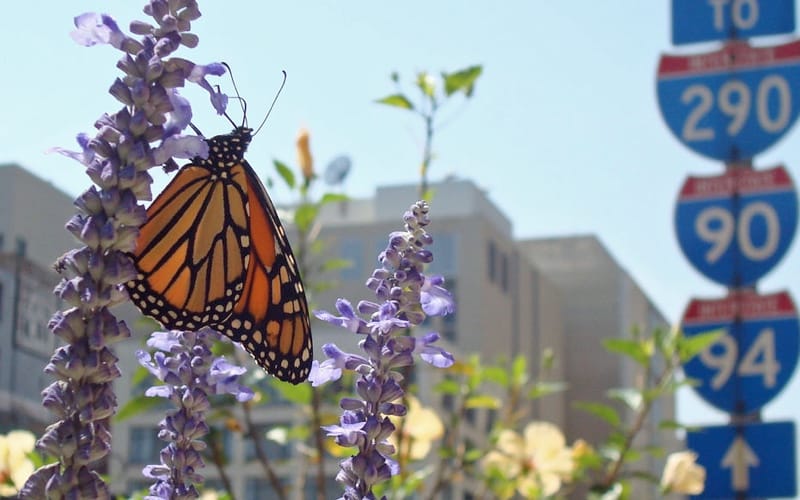
Butterflies & Skippers
Butterflies and skippers are often considered an indicator species, meaning they are quite sensitive to environmental changes, and their health can "indicate" the overall health of the ecosystems they are part of. One of the biggest threats to these species is habitat change and loss. Many butterfly and skipper species require specific plants to lay their eggs on and to eat as caterpillars after they hatch. If these plants disappear because of habitat loss, the adult females will not have preferred places to lay their eggs and the population will decline. The monarch butterfly is an excellent example of this threat. This species will only lay its eggs on milkweed plants. These plants are becoming less common due to urban development, expanding farmland, and the use of chemicals to kill weeds.
The spraying of chemical pesticides to kill animal pests is another major threat to butterflies and skippers. People consider some butterflies, like the cabbage butterfly or common hairstreak, to be pests because the caterpillars eat crops. Pesticides are used by people growing crops to kill these eggs and caterpillars, but unfortunately all insects, not just that particular species, can be hurt or killed by these poisons.
Questions to Consider:
- What human activities are harmful to butterflies and skippers?
- How have people changed these pollinators' habitats?
- What in your neighborhood or community might be harming butterflies and skippers?
- What changes could people make to reduce harm to this pollinator group?
Moths
Moths face many of the same threats as butterflies and skippers, including impacts from loss of key plant species and habitat and the widespread use of toxic pesticides. Additional threats to moth species are artificial lighting and climate change.
Moths are nocturnal, meaning they are most active at night and are specially adapted to living in darkness. Humans, on the other hand, have relatively poor night vision and need artificial light to see. This artificial light disrupts natural sources of nighttime light from the moon and stars, and can cause moths to become disoriented. Some moths might not become active because they think it's still daytime, while others become attracted to artificial lights, leading them away from their habitat.
Questions to Consider:
- What human activities are harmful to moths?
- How have people changed these pollinators' habitats?
- What in your neighborhood or community might be harming moths?
- What changes could people make to reduce harm to this pollinator group?
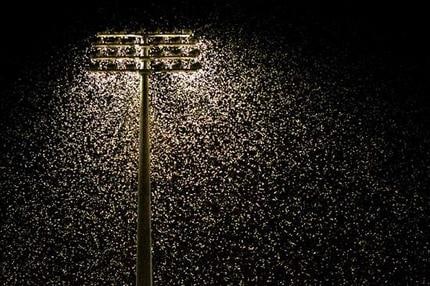

Hummingbirds
Hummingbirds are threatened by habitat loss and pesticides in slightly different ways than other pollinators. They are often highly adapted to the specific ecosystems where they live and migrate, and changes in these places can decrease the flowers available for food energy. Pesticides kill insects that eat plants, but remember that hummingbirds also need to eat insects to get protein. Widespread pesticide use means fewer insects for hummingbirds to eat.
Hummingbirds also face dangers right in our own backyards! Cats are a major threat because hummingbirds often set up home territories and feed in the same place all season. Once the cat learns the pattern, it can lie in ambush and wait for the hummingbird to arrive, and then pounce.
Hummingbird feeders, an important solution to some of the problems listed above, can cause problems if not planned carefully. Many feeders are placed next to windows so people can watch, but this can lead to hummingbirds running into the windows. Not only can this collision kill them, but if the bird's beak is damaged, it may not be able to feed properly. If a feeder isn't cleaned well enough, it can begin to grow toxic molds that can kill hummingbirds. The best homemade nectar recipe includes only water and sugar. There is no need to add dye.
Questions to Consider:
- What human activities are harmful to hummingbirds?
- How have people changed these pollinators' habitats?
- What in your neighborhood or community might be harming hummingbirds?
- What changes could people make to reduce harm to this pollinator group?
Bats
Nectar-feeding bat species, which migrate north to the very southwestern portions of the United States in the summer, face a variety of threats as a result of human impacts. One challenge is the loss of safe roosting places for bats to sleep and raise their young. Places like caves, mines, and even abandoned buildings or structures are great for bats. At the same time, these places can be dangerous for humans. So people often choose to blockade or destroy them, which takes away that needed environment for bats.

Another threat to bats is a shortage of food. One of the main food energy sources for these bats are the blooms of agave plants that grow in the desert. The bats migrate to follow the blooms and ensure they have plenty to eat. Unfortunately for the bats, humans also really like the agave blooms to make tequila. People who make tequila will cut off the flowers before they bloom, so the bats don’t get a chance to drink nectar from them.
In other parts of the United States, there is another threat to insect-eating bats - a disease called White-Nosed Syndrome. This is a strain of fungus that kills bats. The disease has not yet been detected in pollinating bats, but it is spreading quickly and scientists are worried that it could reach them soon.
Human fear is another threat to bats. Stories about bats sucking your blood and getting stuck in your hair have made many people afraid of bats, even though most of these stories are not true. This fear causes people to want to get rid of bats by hurting them or even killing them.
Questions to Consider:
- What human activities are harmful to bats?
- How have people changed these pollinators' habitats?
- What in your neighborhood or community might be harming bats?
- What changes could people make to reduce harm to this pollinator group?
Solitary Bees
Solitary bees are significantly impacted by humans because of where they live. In addition to the pressures presented by the loss of wildflowers and the widespread use of pesticides, many solitary bees live in little tunnels in the ground or in hollow sticks. This means they are especially vulnerable to predators, and to their homes being destroyed by people. These bees are not aggressive and do not usually sting, but people tend to be afraid of and want to kill any animal that looks and acts like a bee.
Questions to Consider:
- What human activities are harmful to solitary bees?
- How have people changed these pollinators' habitats?
- What in your neighborhood or community might be harming solitary bees?
- What changes could people make to reduce harm to this pollinator group?
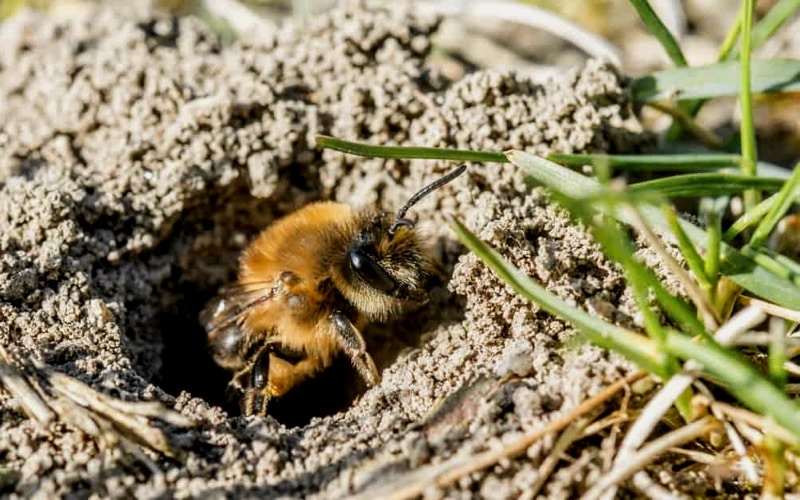
Climate change is a threat to all pollinators
A major threat to many animals, not just pollinators, is climate change. Climate change is causing changes in seasonal patterns - days get warmer earlier and stay warmer longer, summers are hotter, and storms are stronger and more frequent. We think of spring as the time when the flowers start blooming, but when spring comes earlier and the flowers start blooming earlier, it creates problems for the animals in the ecosystem. Species that were hibernating get confused and wake up early. Migrating species depend on flowers blooming at certain times, and can arrive too late to feed on those early blooms. The life cycles of pollinators are closely tied to the life cycles of the plants they rely upon, so changes in the plant life cycles threaten pollinators' ability to survive and thrive.
Curious to know more about the pollinator you want to help?
Explore more about human impacts on the pollinator species you have chosen to help in your community. Review the types of impacts described at the top of this page.
What do you know about these human activities and impacts around your school, home, neighborhood, or community that could be harmful to pollinators?
- Use of pesticides and herbicides
- Loss of flowering plant habitat for pollinators
- Light and air pollution
- Invasive species competing with native pollinators
- Changing climate that changes daily weather conditions and seasons
Now that you have an idea of what might be threatening your pollinator, it's time to figure out a solution

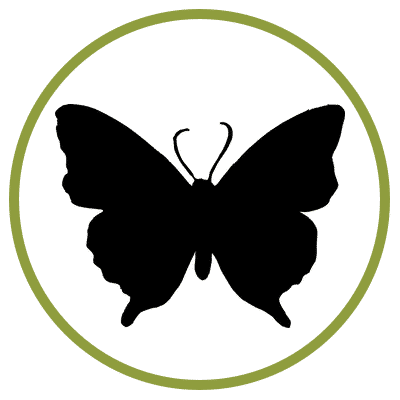
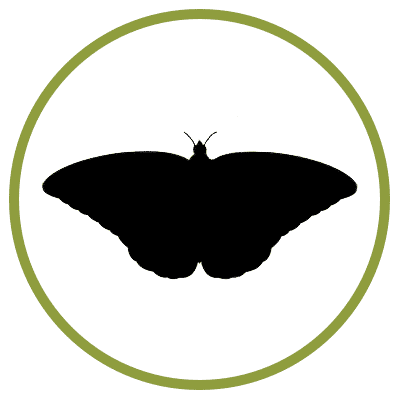
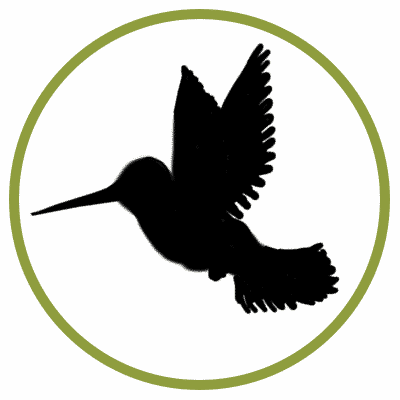

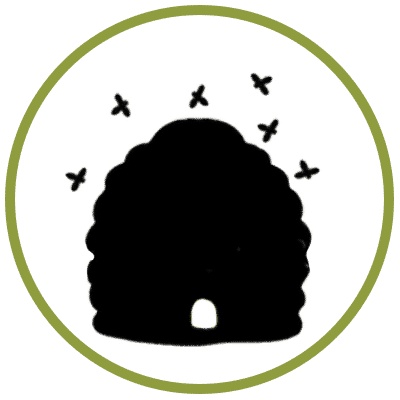



Social Bees
Social bees are being threatened by the loss of native wildflowers and the changing climate, just like all pollinators who rely on a variety of native flowering plants for food energy and life cycles. These bees are also harmed by the use of pesticides that poison the soils and plants they eat, and that also kill them directly.
What makes social bees unique is their complex social structure. They live in large colonies, led by a queen bee who keeps the colony reproducing and thriving. Trouble happens when the queen gets sick, or when a disease is introduced into the colony. Invader species pose another threat. Types of bacteria, fungus, other insects like mites and beetles, and viruses can all invade colonies and make social bees sick, which weakens the colony.
Questions to Consider: